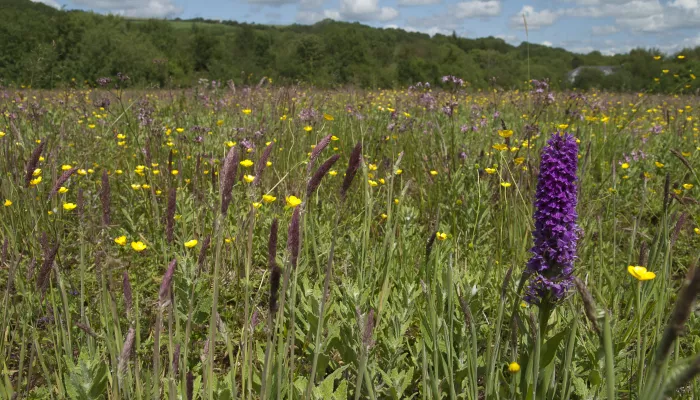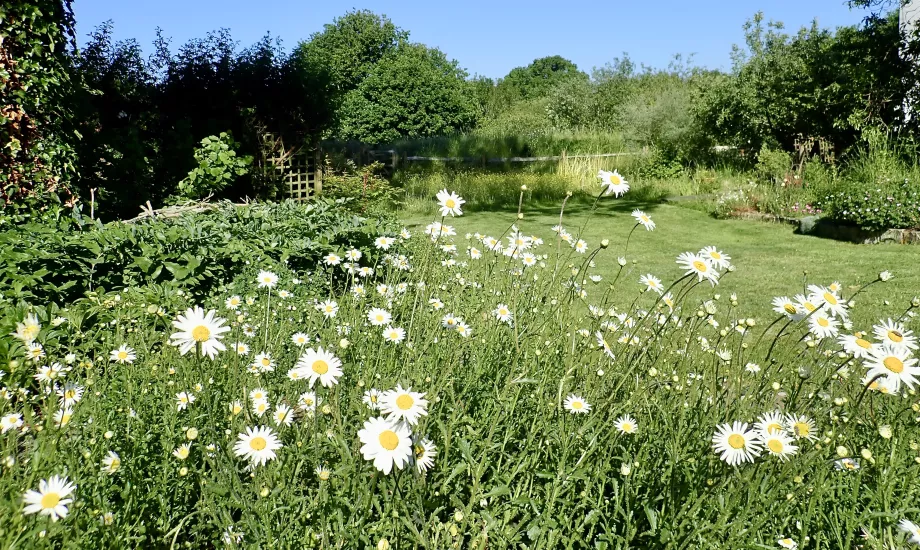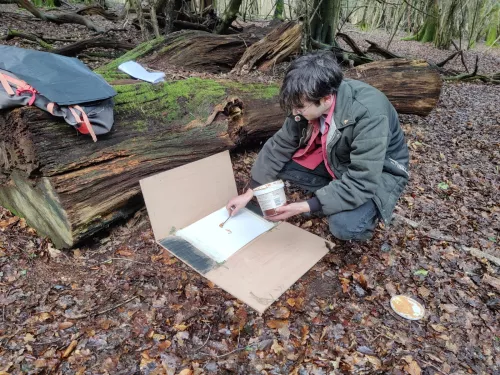Common Bird’s-foot-trefoil
Scientific name: Lotus corniculatus
About:
One of the more evocative names for Common Bird's-foot-trefoil is 'Granny's Toenails', which gives an instant, and perhaps not-so-pleasant, impression of the claw-like seed pods of this abundant and sprawling species. Other common names include 'Butter and Eggs', 'Eggs and Bacon', and 'Hen and Chickens', which all refer to the egg-yolk yellow flowers and reddish buds. Widespread and found in all kinds of grassy places, from lawns to downlands, roadside verges to heathlands, Common Bird's-foot-trefoil can be seen flowering from May to September.
Did you know?
Common Bird's-foot-trefoil is an important foodplant for the caterpillars of the Common Blue, Silver-studded Blue and Wood White butterflies; the latter two species are both classified as Priority Species under the UK Post-2010 Biodiversity Framework. Its flowers are also a good nectar source for bees.








